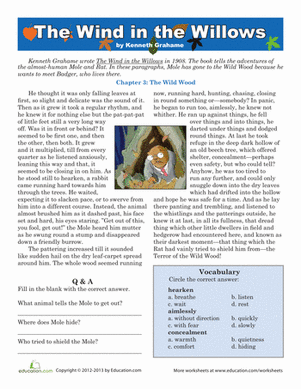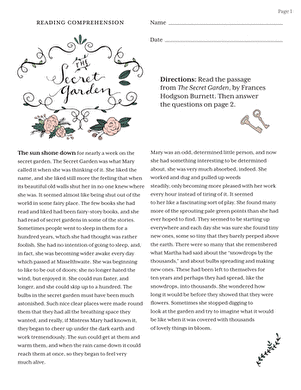Science project
The Answer is Blowing in the Wind
Difficulty
Medium to Difficult
Cost
$15+
Safety Issues
None
Material Availability
Kits are available
Approximate Time
2-3 hours+
Objective
To demonstrate and explore how wind can be used in various ways to provide power.
Materials
The easiest way is to purchase a kit, such as the Green Science Windmill Generator. A small electric fan can be used to simulate blowing wind.
To build one:
- Windmill with shaft
- Small electric generator
- Belt between windmill shaft and generator shaft
- Voltmeter to measure output (Radio Shack, etc.)
Note: The kit listed uses and\ LED to show power generation, and a voltmeter is not needed.
Introduction
One form of renewable power is from the wind. This has been known for a very long time. In some areas, wind power is still used for a variety of purposes, such as grinding grain, pumping water, and generating electricity. Because wind isn’t constant, a system of batteries is often used to store the electrical energy to provide a steady supply.
Photos
Many sources are available, both commercial and government. It is suggested that the student compare the classic flat-vaned windmills of Holland to modern wind generators.

Research Questions
- What causes wind?
- How does blade design affect efficiency?
- How does wind power compare to other methods of renewable power generation?
- How does a generator work?
- In what other ways can a windmill be used?
Terms
- Generator: a device, usually a coil of wires and magnets, with one of those (rotor) turning inside the other (stator)
- Vane: the blade of a windmill
- Turbine: a device that uses blades (usually) to cause rotational motion
- Wind: movement of air usually caused by air pressure variations and/or convection
Concepts
When the wind blows, a vane/blade can be used to “catch” the wind and cause a shaft to turn. This energy can then be used to drive a mill, water pump, electrical generator, etc. Although beyond the scope of this project, windmill generators in practical use have rechargeable batteries to store the energy for times when the wind is not blowing. Windmill farms use complex systems for storage and routing of the electrical power. Optional would be to add diagrams of this to display with the project.
Experimental Procedure
- Build the windmill generator, either from kit or parts.
- Use a small fan to simulate the wind.
- Use a voltmeter to measure the generator output, or observe the kit’s LED.
Bibliography
Education.com provides the Science Fair Project Ideas for informational purposes only. Education.com does not make any guarantee or representation regarding the Science Fair Project Ideas and is not responsible or liable for any loss or damage, directly or indirectly, caused by your use of such information. By accessing the Science Fair Project Ideas, you waive and renounce any claims against Education.com that arise thereof. In addition, your access to Education.com's website and Science Fair Project Ideas is covered by Education.com's Privacy Policy and site Terms of Use, which include limitations on Education.com's liability.
Warning is hereby given that not all Project Ideas are appropriate for all individuals or in all circumstances. Implementation of any Science Project Idea should be undertaken only in appropriate settings and with appropriate parental or other supervision. Reading and following the safety precautions of all materials used in a project is the sole responsibility of each individual. For further information, consult your state's handbook of Science Safety.













